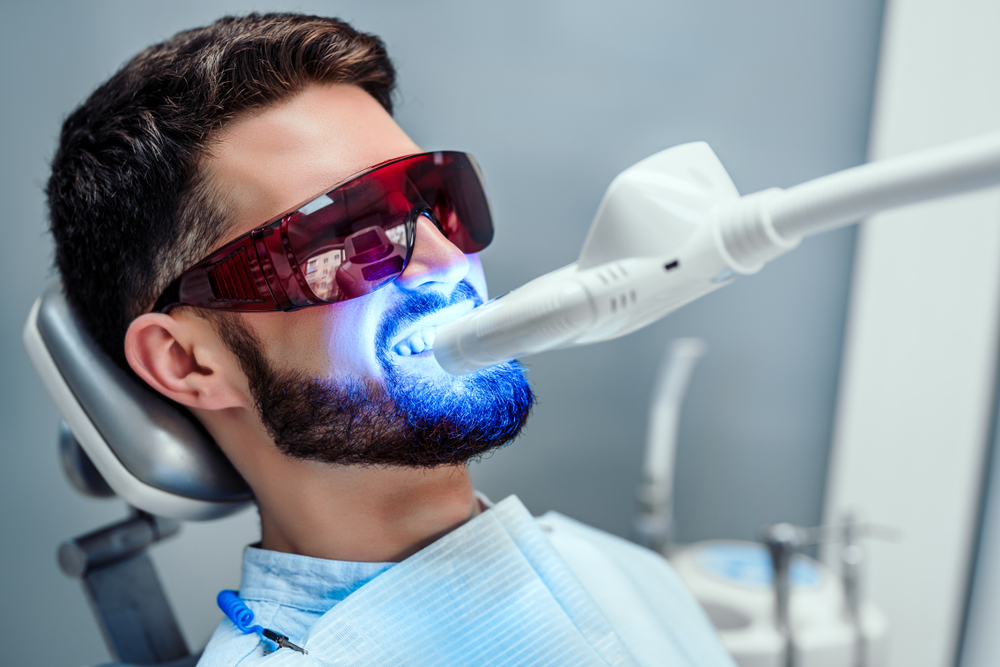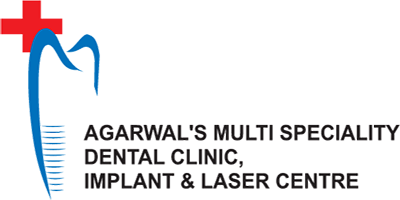Process and Methods of Teeth Cleaning

Teeth Cleaning Process – Introduction
Maintaining good oral hygiene is essential for a healthy smile and overall well-being. While regular brushing and flossing at home are crucial, professional Teeth Cleaning plays a vital role in keeping your teeth and gums healthy. In this comprehensive guide, we will explore the process and methods of teeth cleaning, highlighting the importance of this preventive dental procedure.
Why is Teeth Cleaning Important?
Even with diligent oral care at home, plaque and tartar can still accumulate on the teeth over time. Plaque is a sticky film of bacteria that forms on the teeth and gums, while tartar is hardened plaque that cannot be removed by brushing and flossing alone. If left untreated, plaque and tartar can lead to tooth decay, gum disease, bad breath, and other oral health problems. Regular teeth cleaning by a dental professional is essential for the following reasons:
- Removal of Plaque and Tartar: Professional teeth cleaning removes plaque and tartar buildup, reducing the risk of tooth decay and gum disease.
- Prevention of Gum Disease: Gum disease, also known as periodontal disease, is a common oral health problem. Regular teeth cleaning helps prevent gum disease by removing bacteria and reducing inflammation.
- Early Detection of Oral Issues: During a teeth cleaning appointment, the dental professional can detect early signs of dental problems such as cavities, gum disease, oral cancer, and other oral health conditions. Early detection allows for timely treatment and better outcomes.
The Teeth Cleaning Process
- Dental Examination: Before starting the teeth cleaning procedure, a dental examination is performed. The dentist or dental hygienist will evaluate your oral health, check for any signs of gum disease or other issues, and take X-rays if necessary.
- Removal of Plaque and Tartar: Using specialized tools, the dental professional will carefully scrape away plaque and tartar from the teeth and along the gumline. This process, known as scaling, may produce scraping sounds, but it is generally painless.
- Teeth Polishing: After scaling, the teeth are polished to remove surface stains and achieve a smooth, clean finish. A rotating rubber cup with an abrasive paste is used to polish the teeth gently. This step helps to remove any remaining plaque and stains, leaving your teeth looking brighter and smoother.
- Professional Flossing: The dental professional will floss your teeth thoroughly, reaching areas that may be difficult to access during regular flossing. This step helps remove plaque and food particles between the teeth and along the gumline.
- Fluoride Treatment (Optional): In some cases, a fluoride treatment may be offered after teeth cleaning. Fluoride helps strengthen the tooth enamel and provides added protection against tooth decay.
Methods of Teeth Cleaning
- Traditional Hand Scalers: Hand scalers, also known as curettes, are manual dental instruments with sharp, curved ends. These scalers are used by dental professionals to carefully remove plaque and tartar from the teeth and gumline.
- Ultrasonic Scalers: Ultrasonic scalers use high-frequency vibrations to remove plaque and tartar. The scaler’s tip vibrates at a rapid rate, breaking up the plaque and tartar, which is then rinsed away with a water spray. Ultrasonic scalers are efficient and can reach deeper pockets of the gums.
- Air Abrasion: Air abrasion is a gentle and minimally invasive method of teeth cleaning. It uses a stream of air and fine particles to remove surface stains and plaque from the teeth. Air abrasion is less abrasive than traditional scaling methods and may be preferred for individuals with sensitive teeth.
Laser Teeth Cleaning: Laser-assisted teeth cleaning involves the use of a dental laser to remove plaque and tartar.
